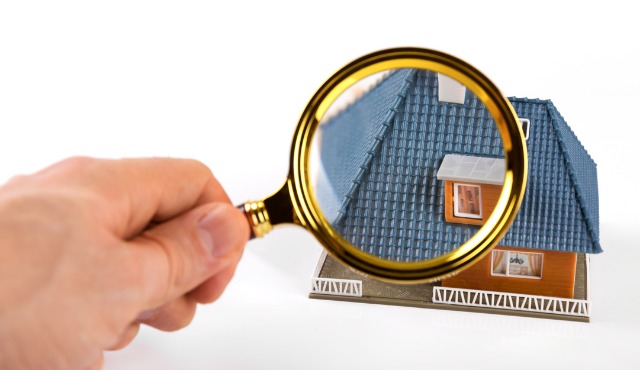By Brooke Chaplan
As a homeowner, it’s important to keep your property in good condition. One of the most important areas to maintain is your roof. A damaged roof can lead to a host of problems, including water damage, mold, and structural issues. Regular inspections can help you catch any problems early on and prevent more serious damage. However, many homeowners don’t know how to inspect their roofs properly. In this guide, we’ll go over the steps to a thorough roof inspection so that you can keep your roof in top condition.
Safety First
Before you start your roof inspection, it’s important to take the necessary safety precautions. Wear non-slip shoes and a safety harness if you plan on getting on the roof. It’s also a good idea to have a buddy do the inspection with you, just in case something happens. If you don’t feel comfortable getting on the roof, you can still do a visual inspection from the ground using binoculars.
Check for Debris
Once you’re up on the roof, start by checking for any debris that may have accumulated. Debris, such as leaves, sticks, and branches, can cause water to pool and block water from flowing off the roof properly. This can lead to water damage and other issues. Use a broom or leaf blower to remove any debris, being careful not to damage the roof.
Look for Damage
Next, inspect the roof for any signs of damage. Look for cracked or missing shingles, and check the flashing around vents, chimneys, and other areas where the roof meets other surfaces. If you see any damage, make note of it and take pictures if possible. This will help when you’re discussing repairs with a professional.
Check for Water Damage
After checking for physical damage, inspect the roof for signs of water damage. This can include discoloration or stains on the ceiling or walls inside the house, dampness in the attic, and mold or mildew on the roof or in the attic. If you notice any of these signs, it’s important to address the issue as soon as possible to prevent further damage.
Evaluate Roof Age and Maintenance History
Finally, evaluate the age and maintenance history of your roof. A typical asphalt shingle roof lasts around 20 years. If your roof is approaching that age, it may be time to consider a replacement. Make a note of any repairs or maintenance that has been done on the roof and when it was done. This can help you maintain a record of the roof’s history.
By following these simple steps, you can ensure that your roof stays in good condition and avoid costly repairs. Remember to always take safety precautions and, if you’re unsure about something, consult with a professional. With regular inspections, you can catch any problems early on and keep your roof in top condition for years to come.
 Brooke Chaplan is a freelance writer and blogger. She lives and works out of her home in Los Lunas, New Mexico. She highly recommends getting in touch with local roof specialists like Nolan Roofing for more tips. For more information, contact Brooke via Twitter @BrookeChaplan.
Brooke Chaplan is a freelance writer and blogger. She lives and works out of her home in Los Lunas, New Mexico. She highly recommends getting in touch with local roof specialists like Nolan Roofing for more tips. For more information, contact Brooke via Twitter @BrookeChaplan.








